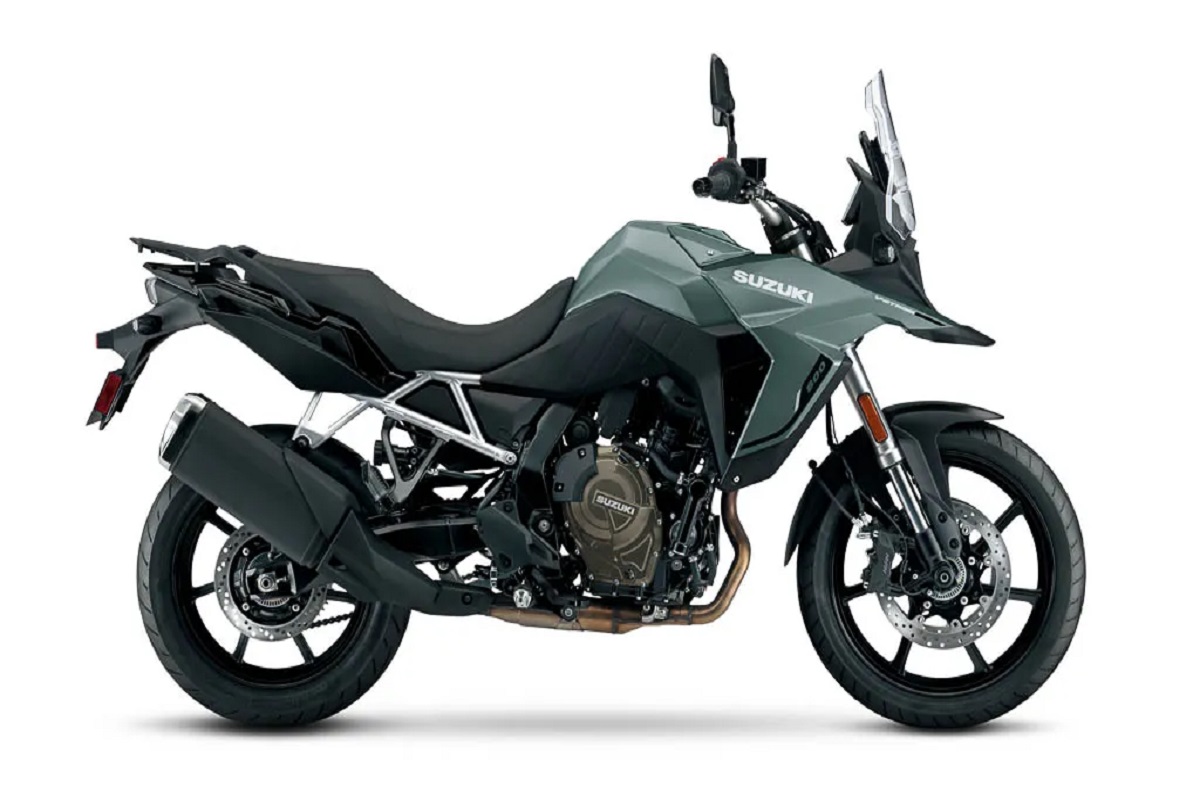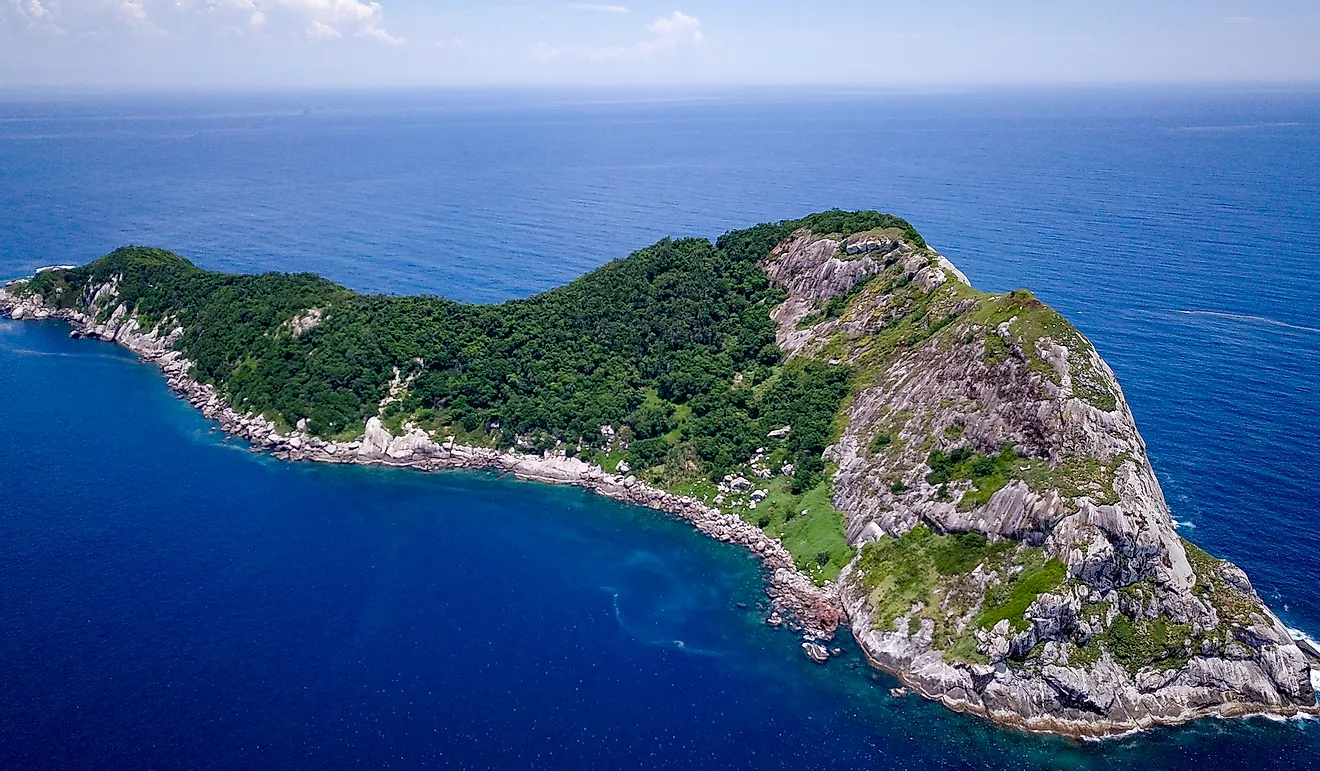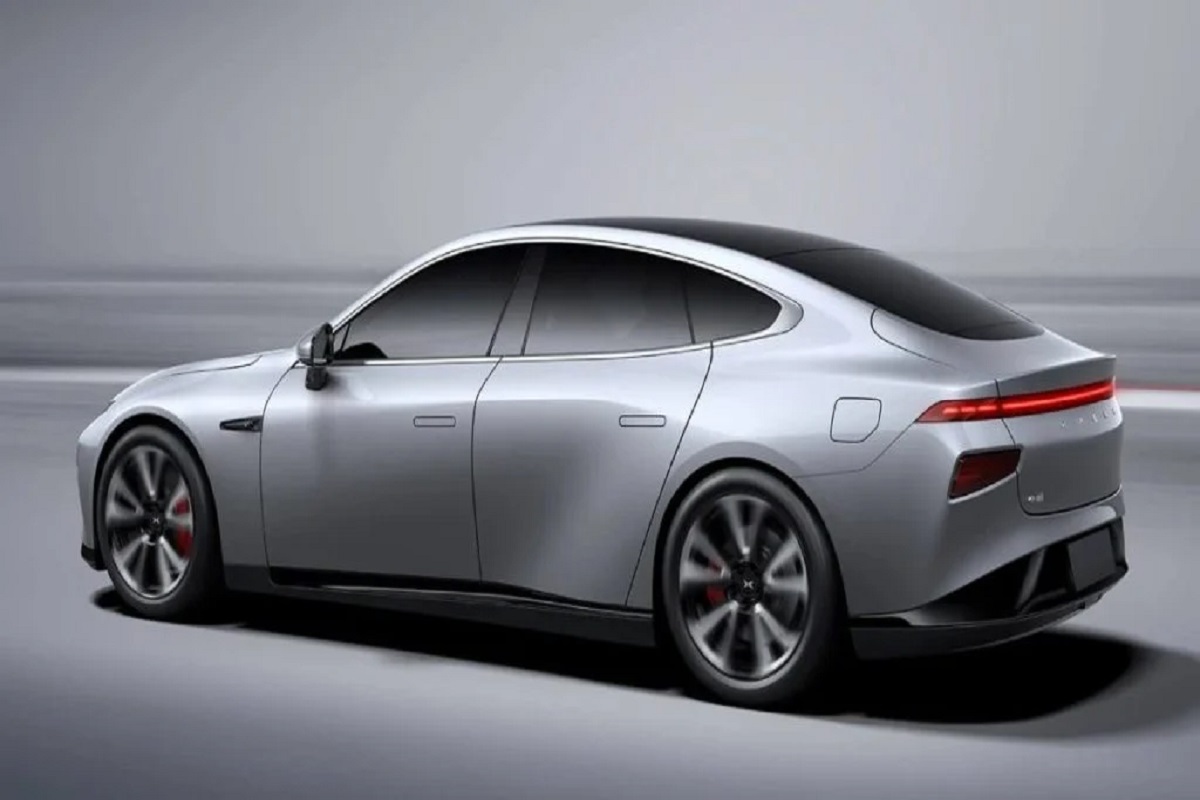The Lord of the Rings trilogy is incredibly popular in the world of movies. It’s hard to discuss fantasy films without mentioning this iconic series. However, there are many lesser-known facts about the making of these famous movies that might surprise you. Let’s explore six such aspects:

1. Staggering Box Office Success: Each movie in the series grossed an average of $970 million, earning more than ten times the investment for each film. The total box office collection for all three movies combined is a staggering $2.9 billion USD.
2. Rich Linguistic World: The Lord of the Rings franchise features a total of seven languages. J.R.R. Tolkien, the creator of this fantasy saga, was a linguist and a professor of English at the University of Leeds. Among the notable languages are Sindarin and Quenya, spoken by the Elves, Sauron’s language, Entish, the language of the Valar, and Khuzdul, the secret language of the Dwarves. Each language has its own grammar rules, making it possible to use these languages in real life.
3. Impact on Avatar: Director James Cameron had completed 80% of the movie Avatar in 1994. However, due to the limitations in visual effects at the time, he couldn’t proceed with the film. It was only in 2002, after being impressed by the CGI and motion capture work in “The Lord of the Rings: The Two Towers,” that he decided it was time to resume work on Avatar.
4. Simultaneous Production: The three movies of the trilogy were released in 2001, 2002, and 2003, respectively. The editing team faced a monumental challenge given the extensive length of the films. Work on all three movies was happening simultaneously, and even after the release of the third movie, editing continued.
5. Innovations in Graphics and VFX: The Lord of the Rings trilogy introduced many groundbreaking elements in graphics and visual effects. To achieve this, the director incorporated practical elements in many scenes. Surprisingly, the production used around 18,000 costumes throughout the trilogy.
6. Sean Bean’s Fear of Helicopters: Sean Bean, who portrayed Boromir, had an intense fear of helicopters. As a result, he had to walk for about two hours to reach the shooting set rather than taking a helicopter. This unique fear led to everyone on the cast and crew waiting on the hill for almost two hours to accommodate his arrival.
These behind-the-scenes insights provide a fascinating look at the intricate work and unique challenges faced during the creation of The Lord of the Rings trilogy.









